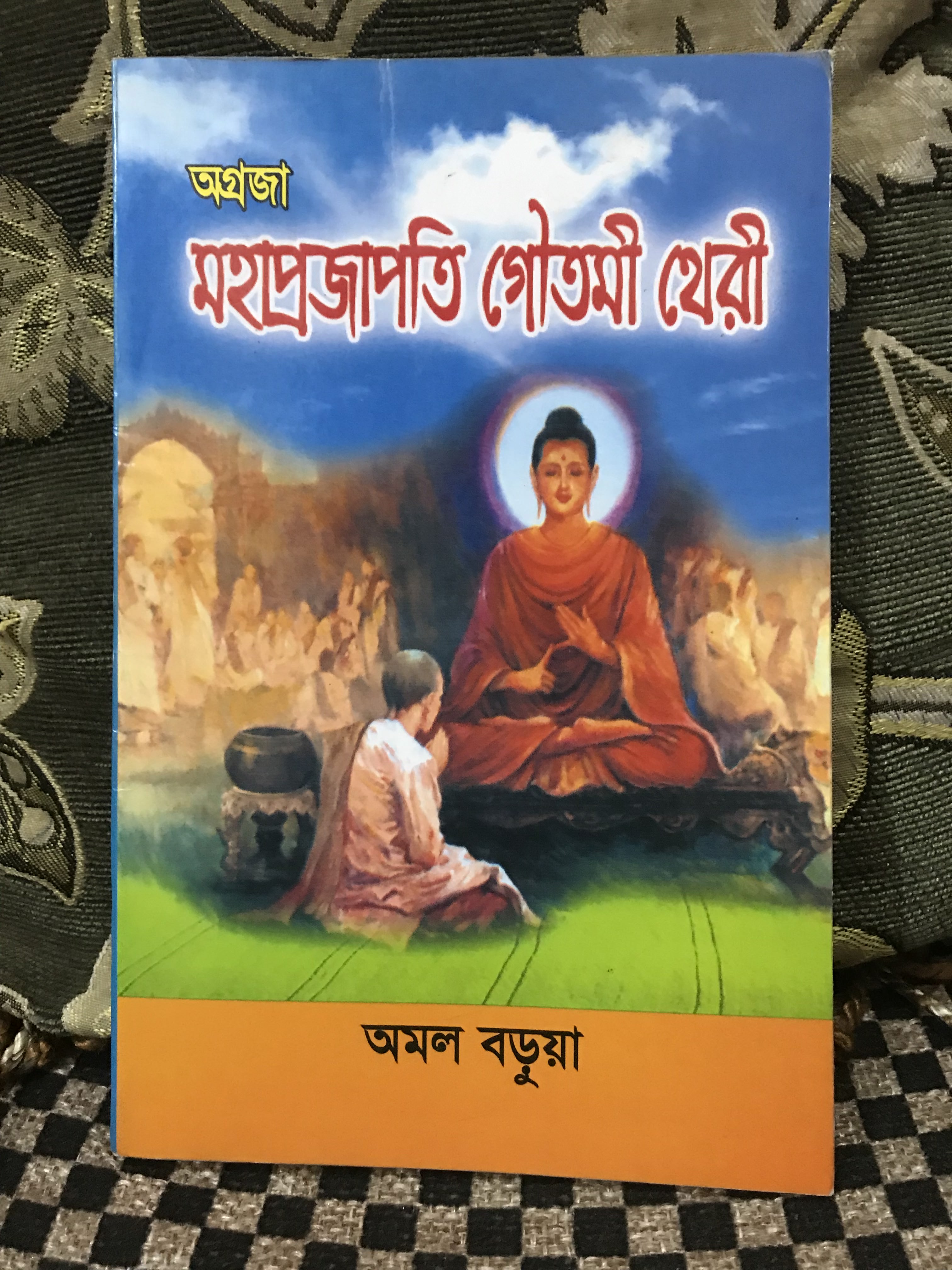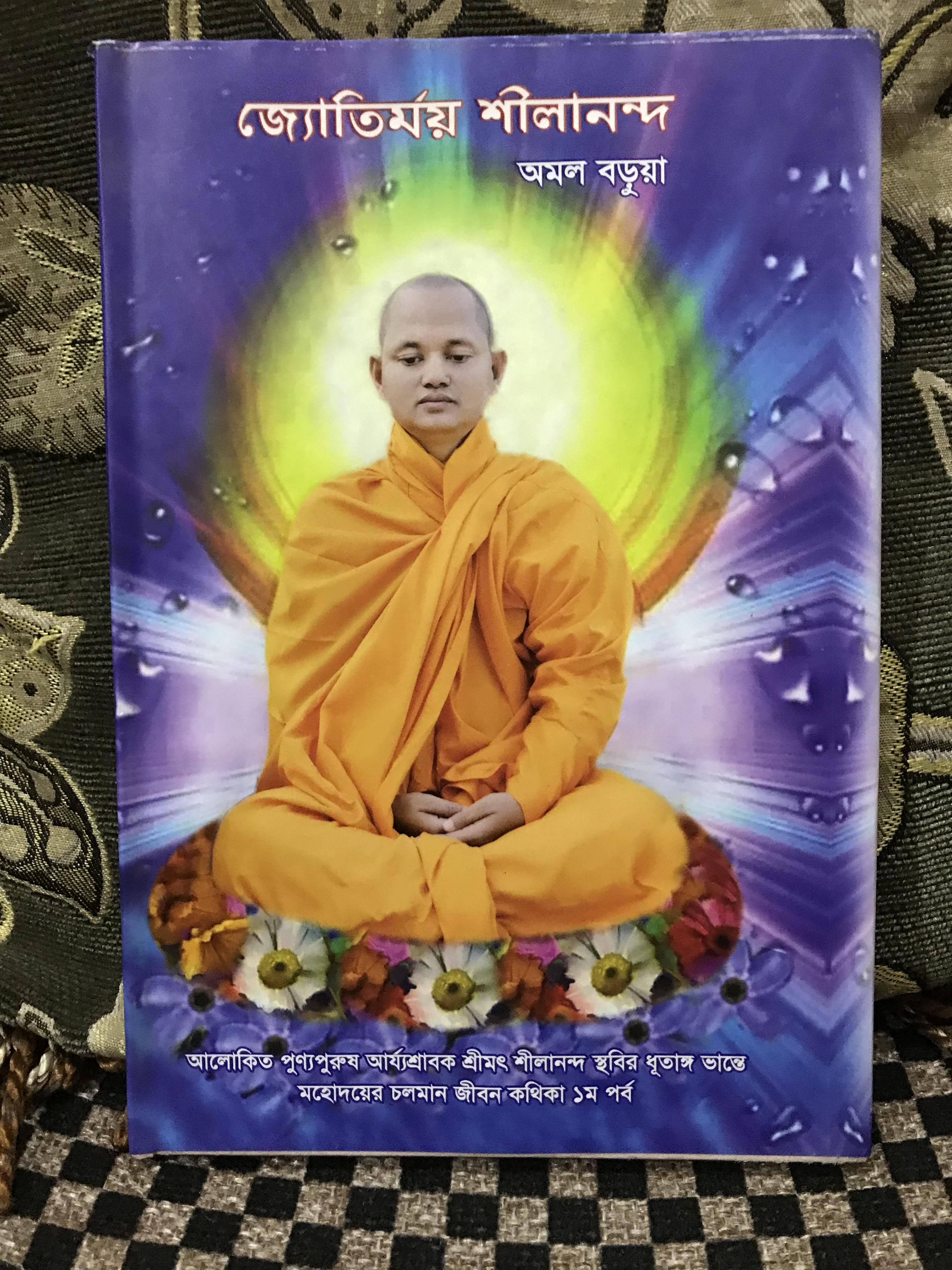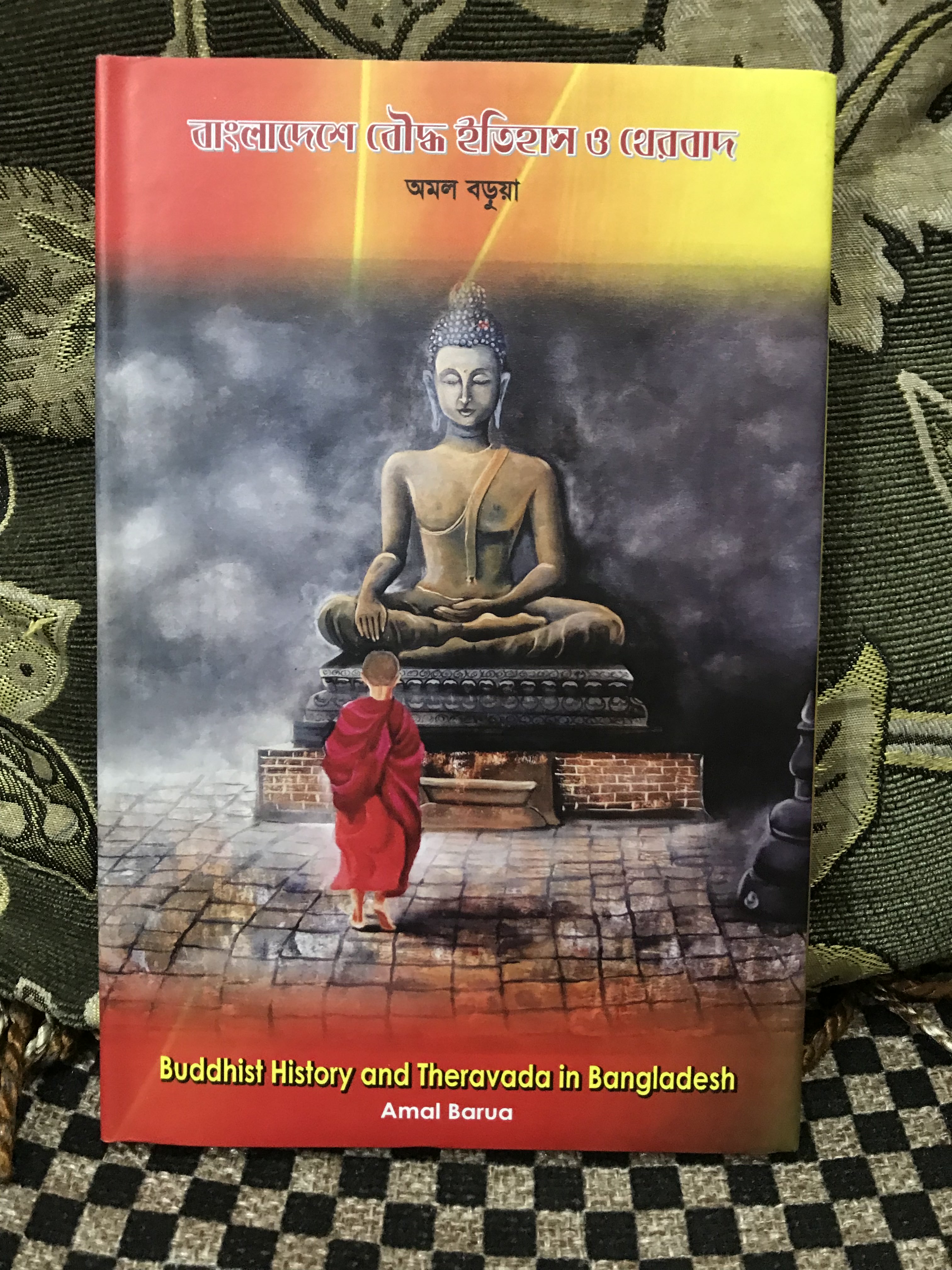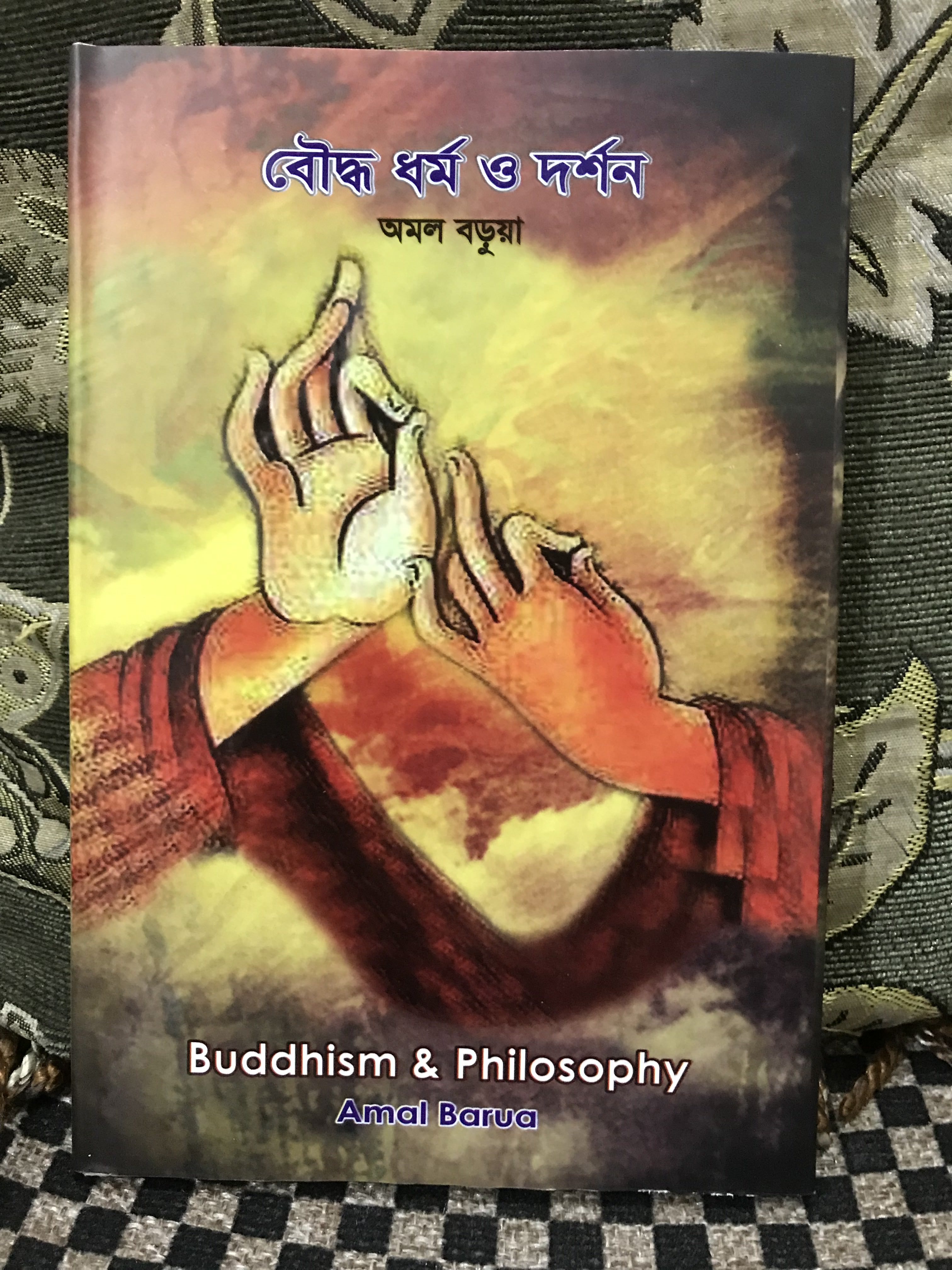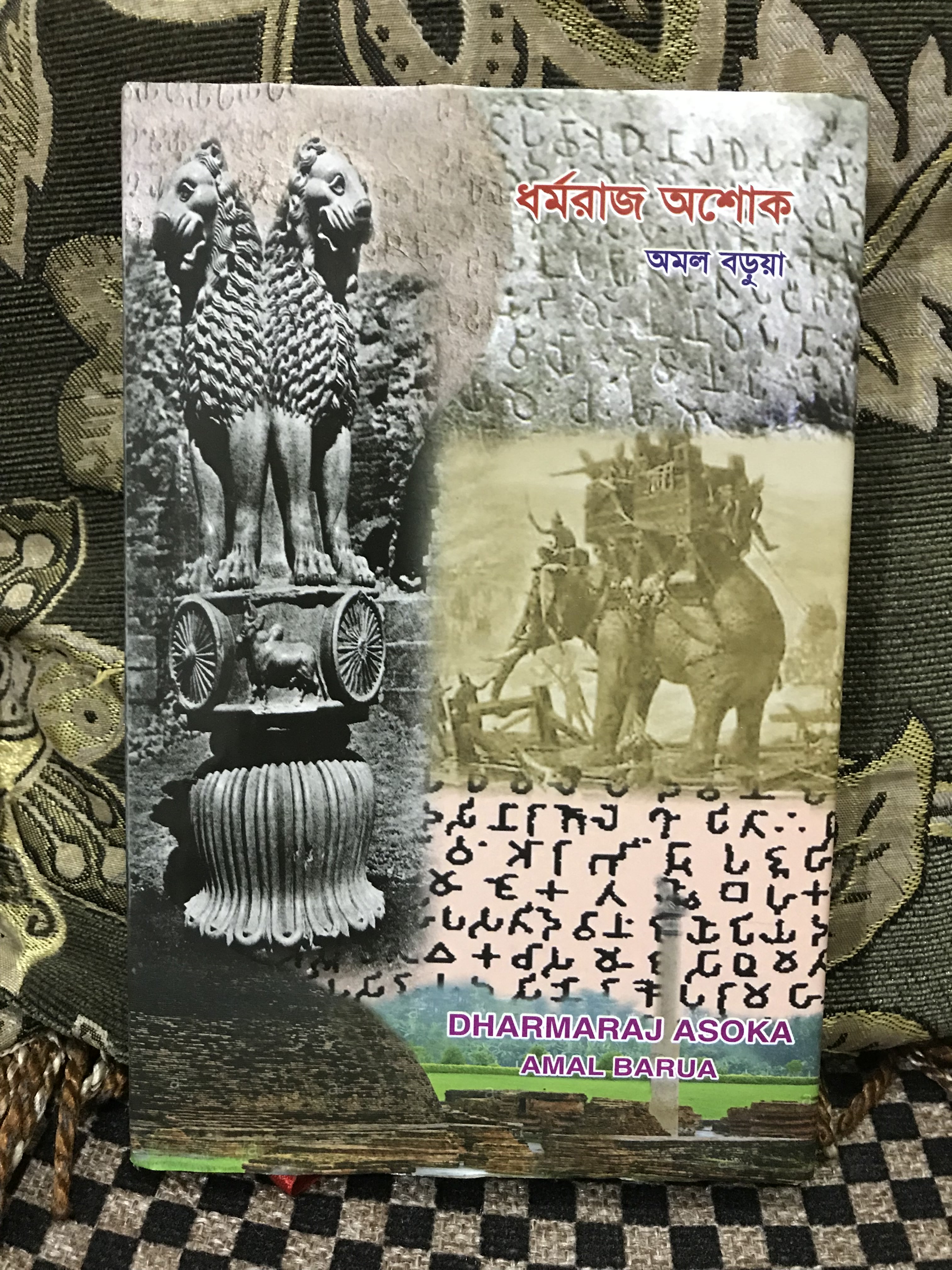Explore the different types of buddhist temples & learn about its significanc...
MONUMENTS
Discover Top-Rated Monuments
EVENTS Discover Top-Rated Events


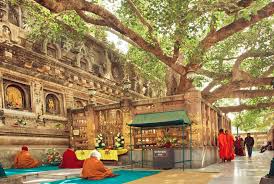

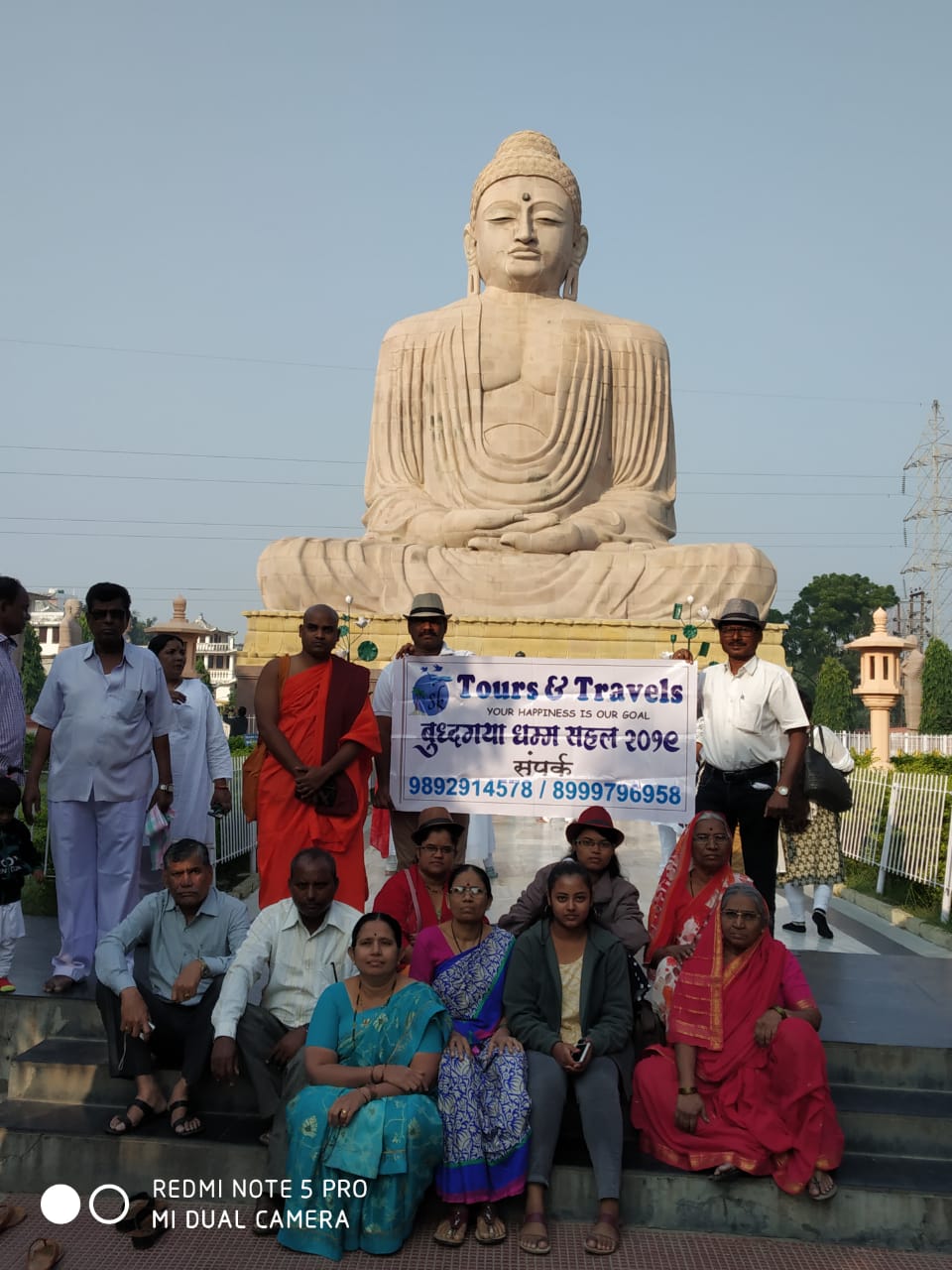
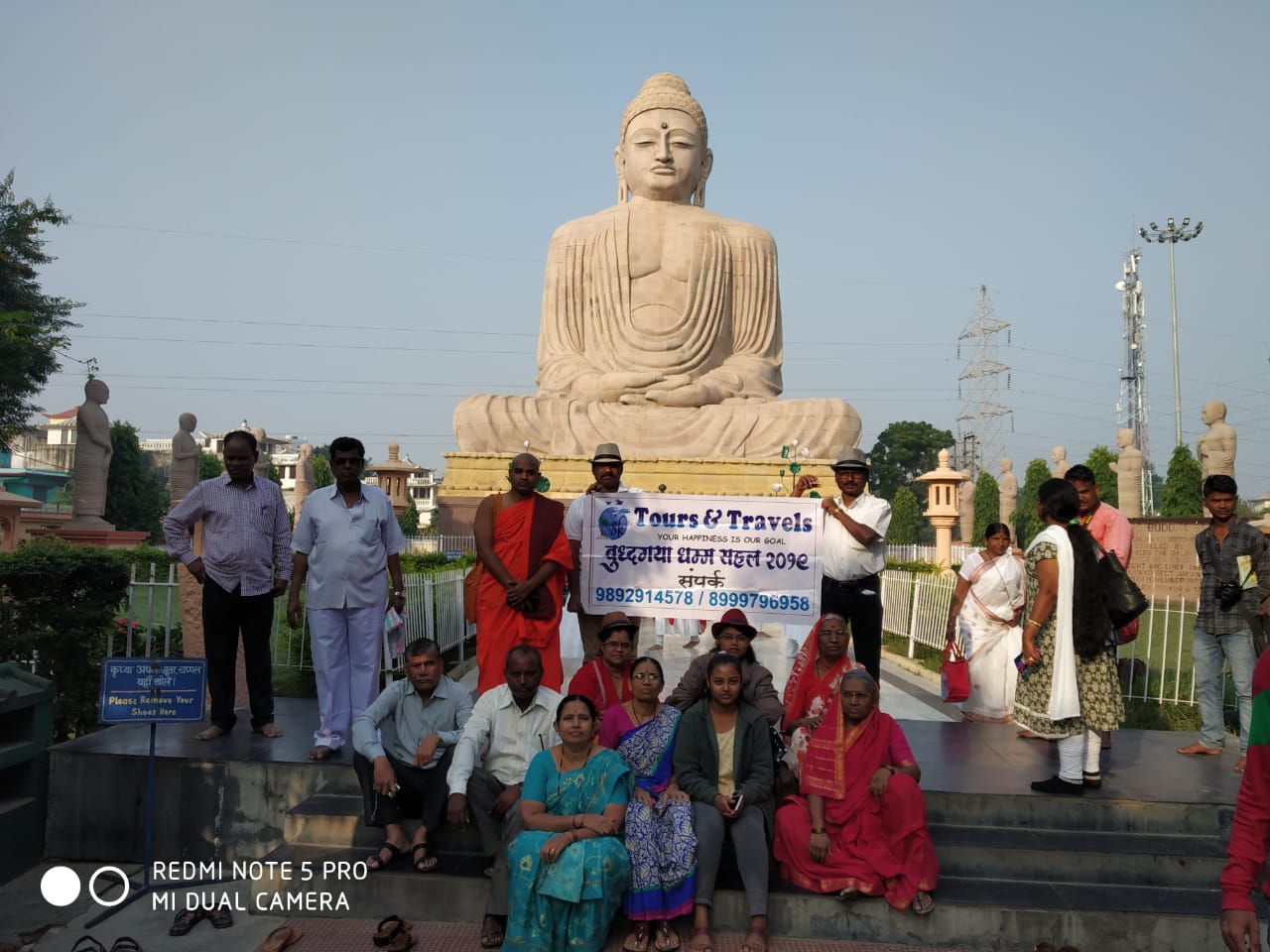
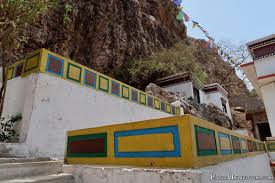

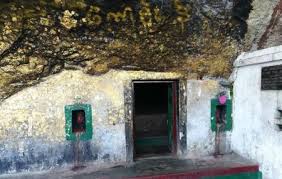

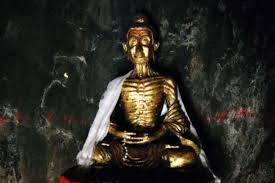
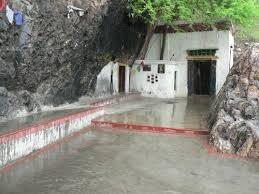
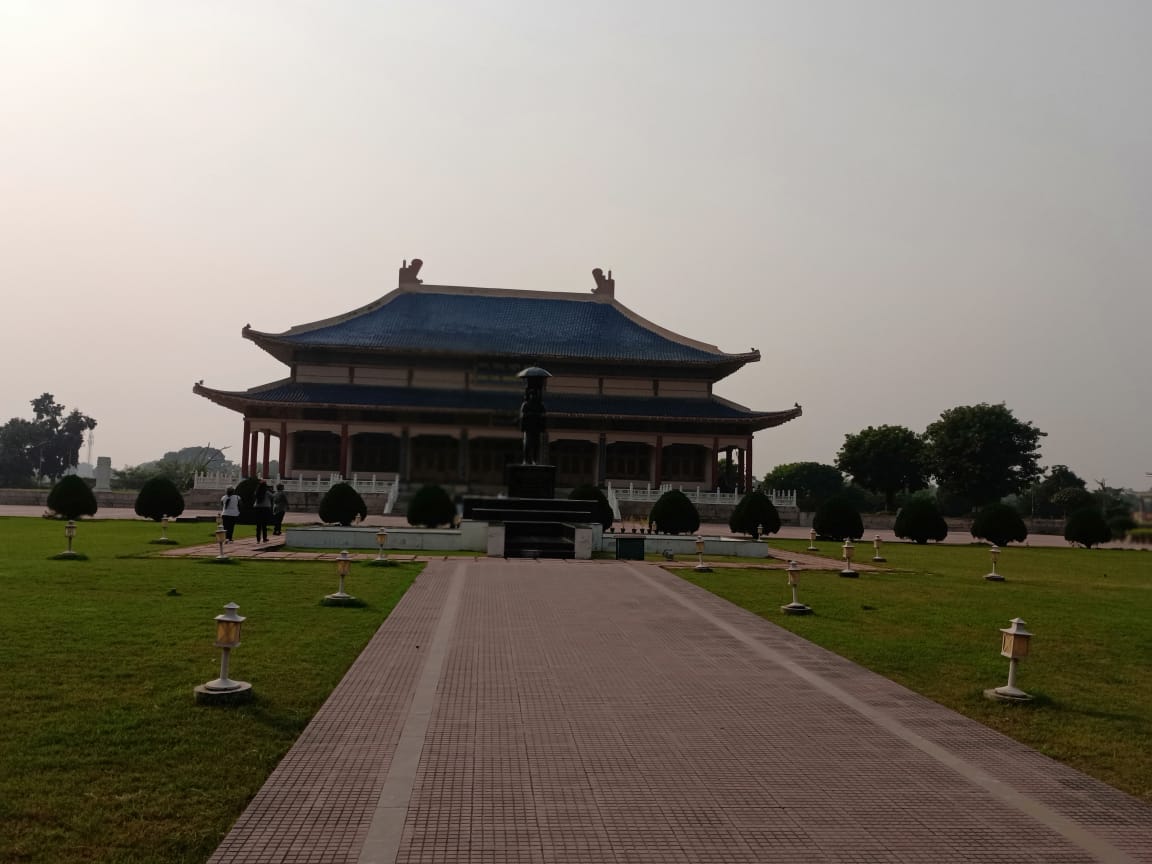
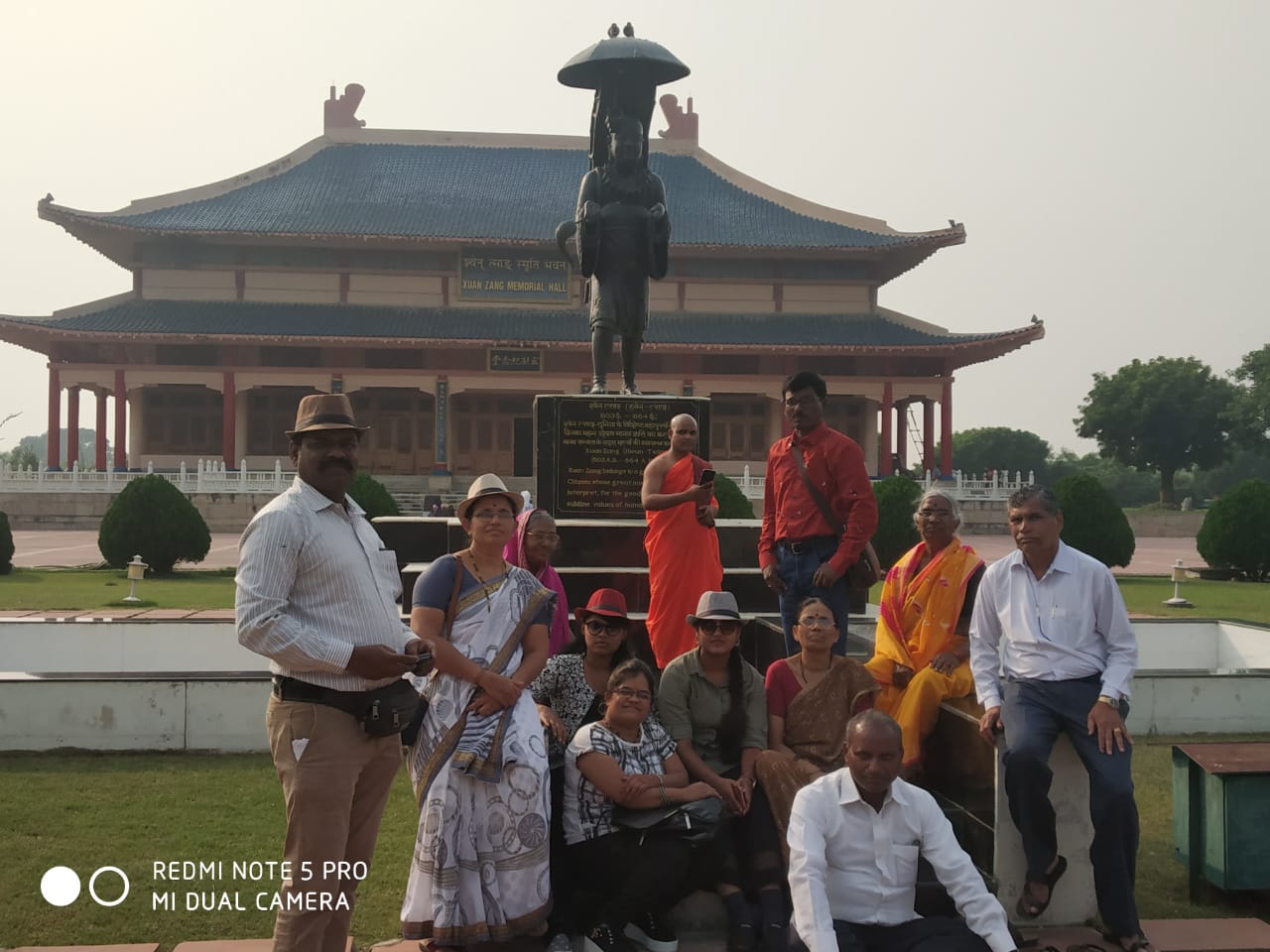
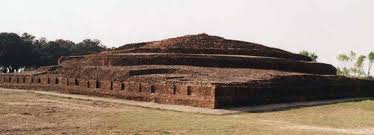
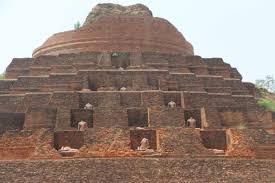
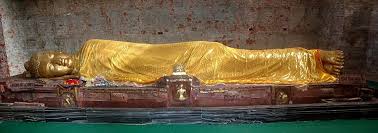
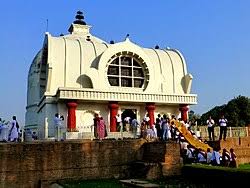
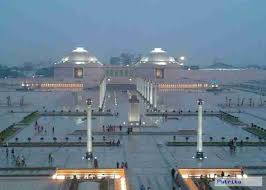
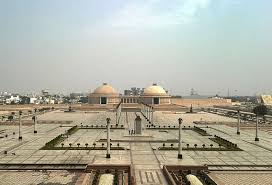
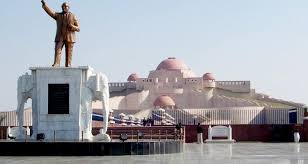
Buddhist Pilgrimage Places
India, Sarnath, Bodh Gaya , Sujata Mahal, Dungeshwari Cave, Rajgiri, Nalanda , Huan Sung Budhavihar, Vaishali Keshria Budhastup,, kushinara, Nepal Lumbini, , Kapilvastu, Shravasti , Lukhnow.
UNEXPLORED BUDDHIST MONUMENTS
There are a billion hopes to be realized. There are new boundaries to betravelled. There is a promise to bedelivered. There is a world to beunderstood.
Buddhism is one of major religion in world. It’s not just a religion but an art of living. It teaches peace. Though Buddhism started in India it is now spread across the globe for its worthiness.
We are here to not only to review well-knownmonuments but also to introduce unexplored Buddhist monuments and tourist attractions. Buddhist architecture does have its footprints spread across all over the world. It does have its own architecture style and significance. Let’s come together to explore the history of monuments and their significance.

What People Think

(Vivek GanndhiIt’s a pleasure reading this site. The way they explain everything is such a pleasure. Through there blogs they take you the place and I am planning to go one of the places they have explained which is Pauni Stupa. I have never heard it’s name but with the help of this site I know many things and will surely visit there very soon. Thank you so much.
)
(Rishi BiswasThis unexplored Buddhist site is really amazing and helpful. I have been to rajgir stupa which is in Delhi and it was an amazing place to explore. I have read there blogs and through which I got to know about this place. They explained each and every element which was there. It was a peaceful experience. 5 star to this site. Good work
)
News & Updates
08 November 2019
Top Travel Tips When Visiting Buddhist Temples in 2019
Top Travel Tips When Visiting Buddhist Temples in 2019
20 October 2019
How Amal Strives to Preserve the Heritage Monuments in Bangladesh
War and Peace: Dichotomy of Human Civilization
Peace ...




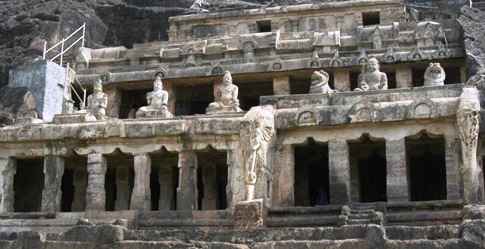
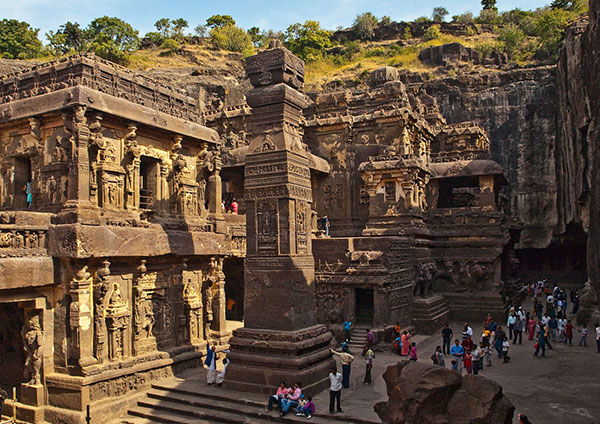
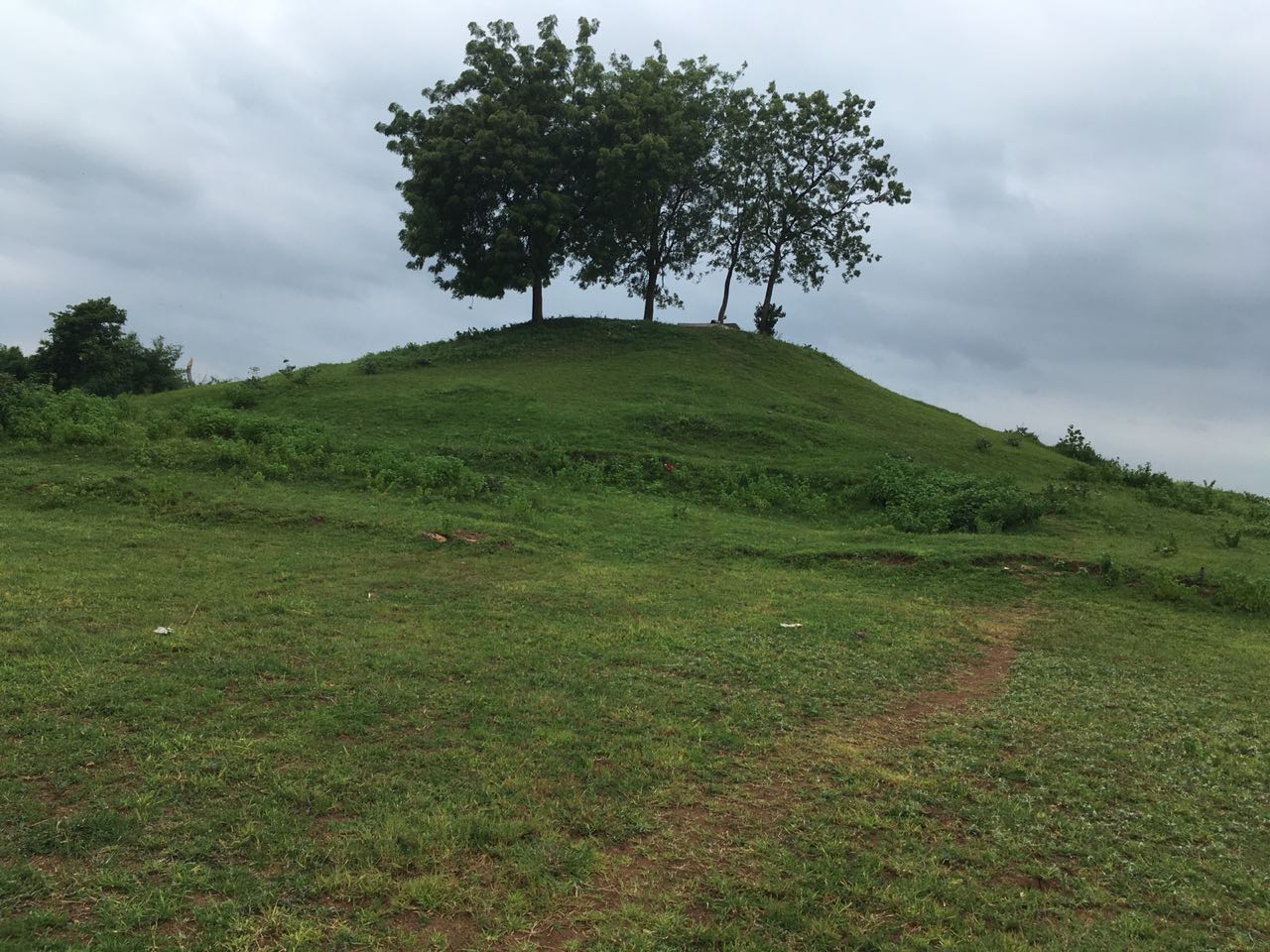
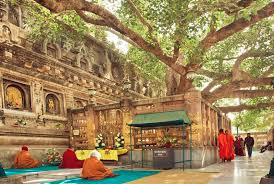
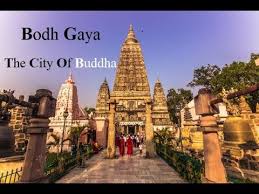
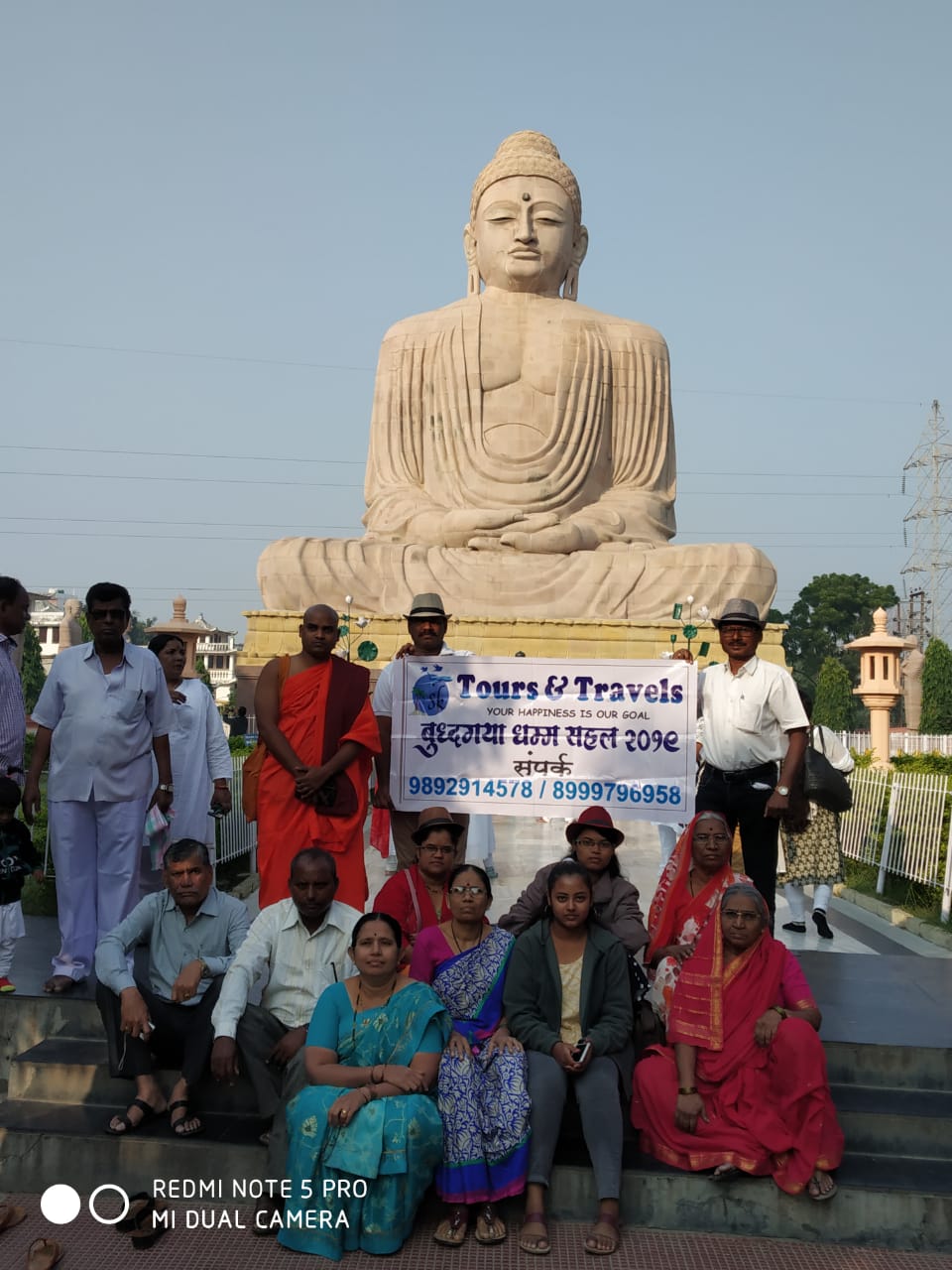
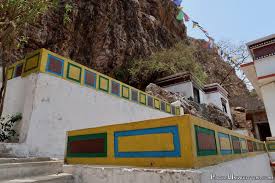
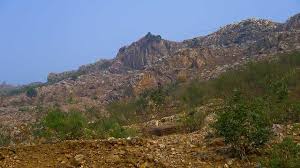
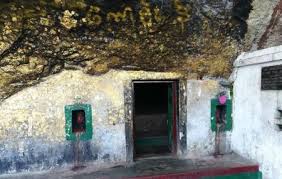

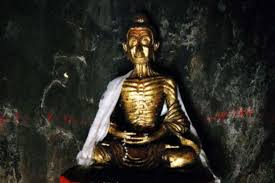
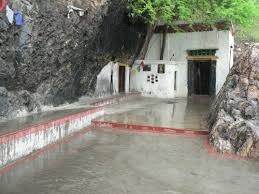
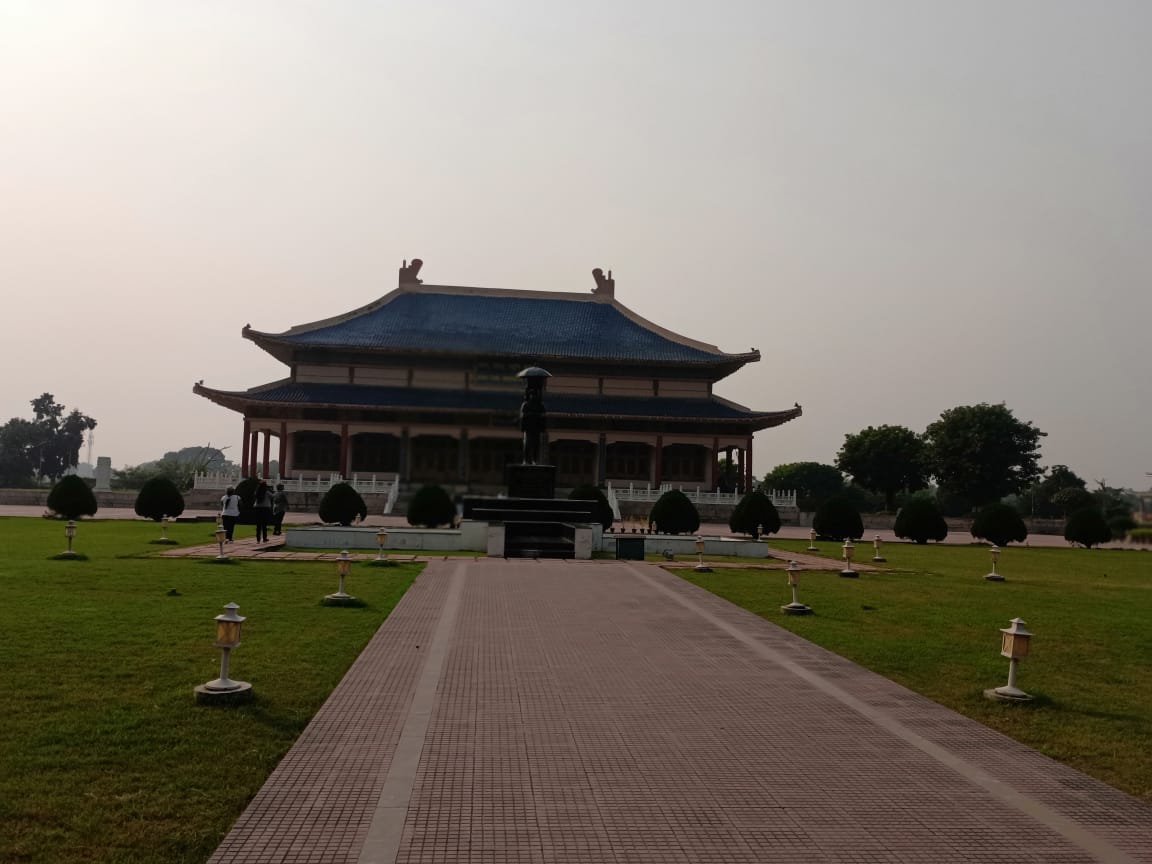
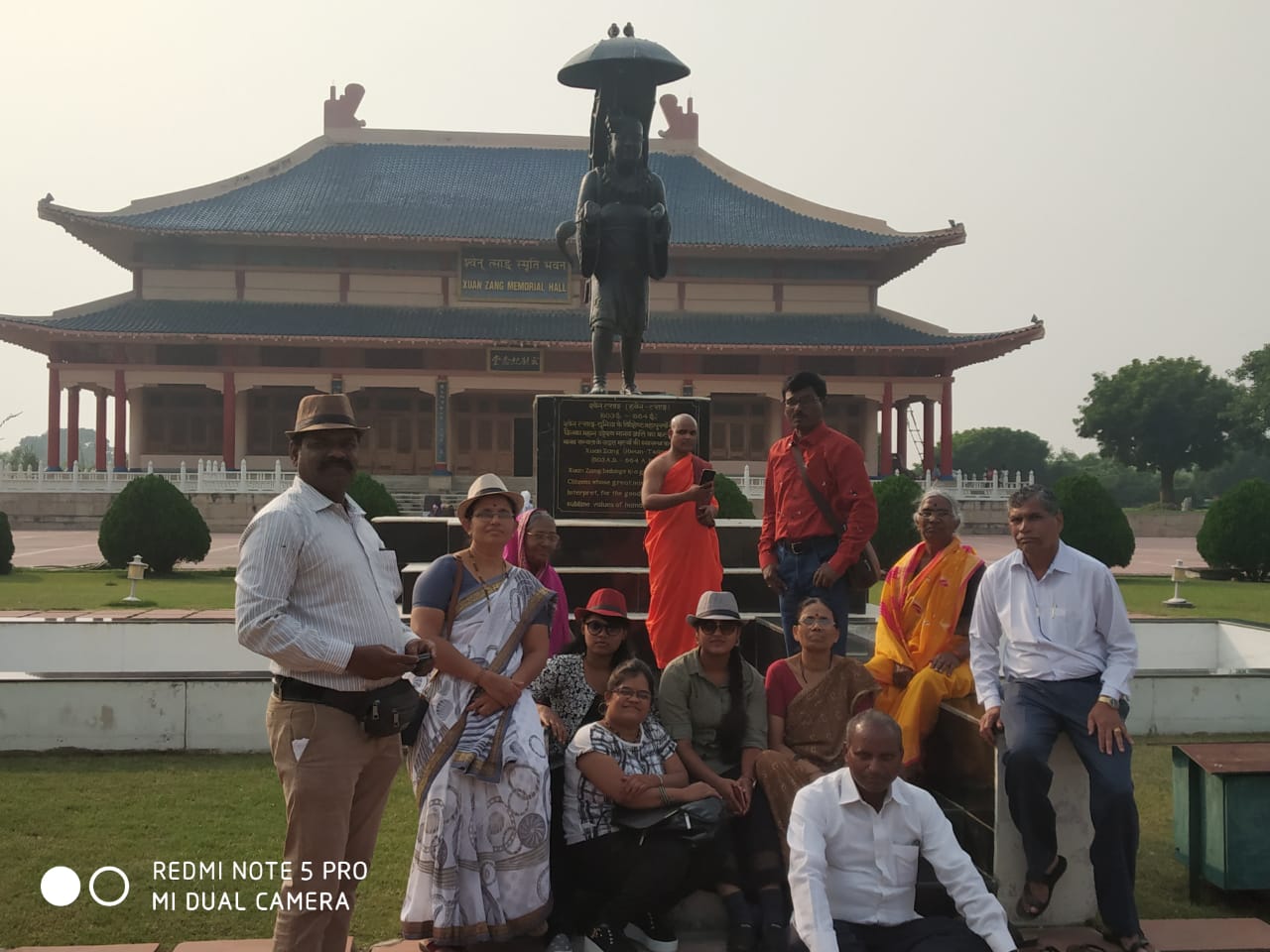
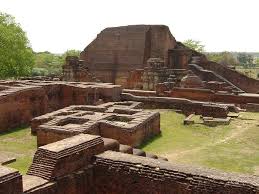
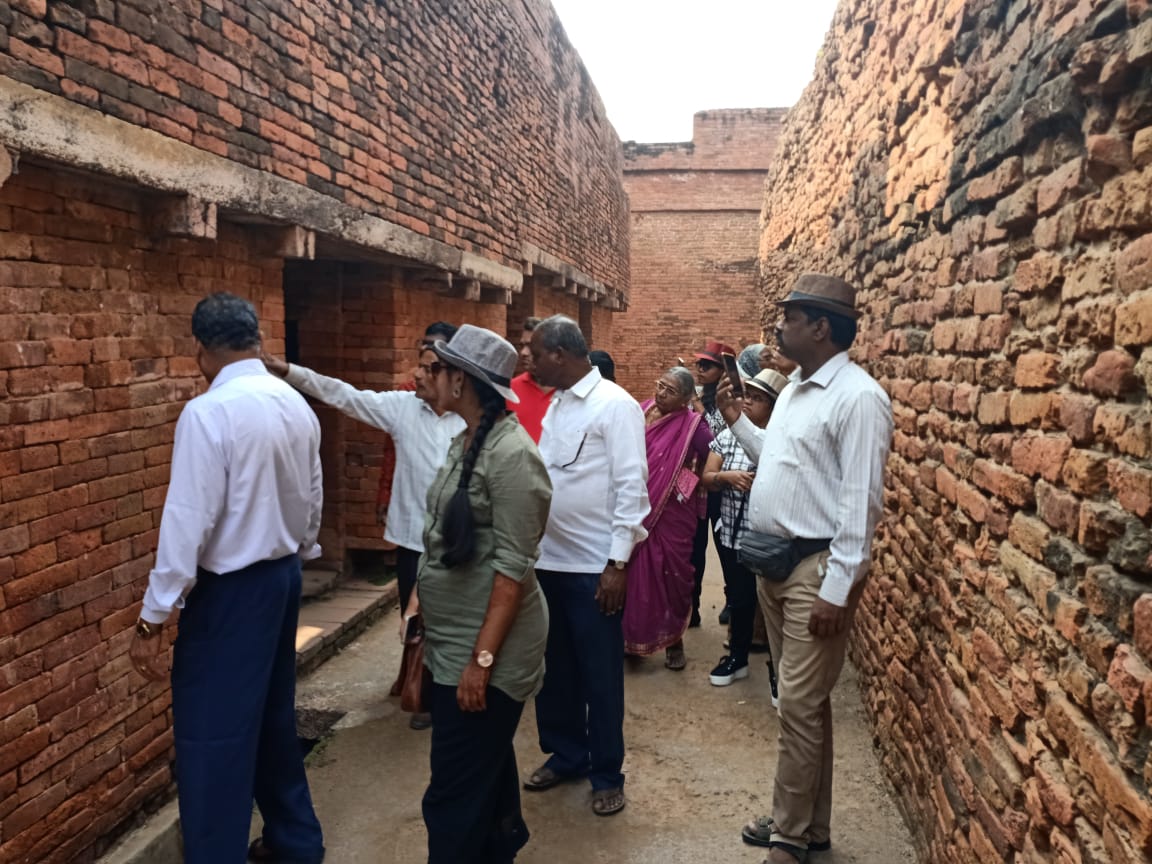
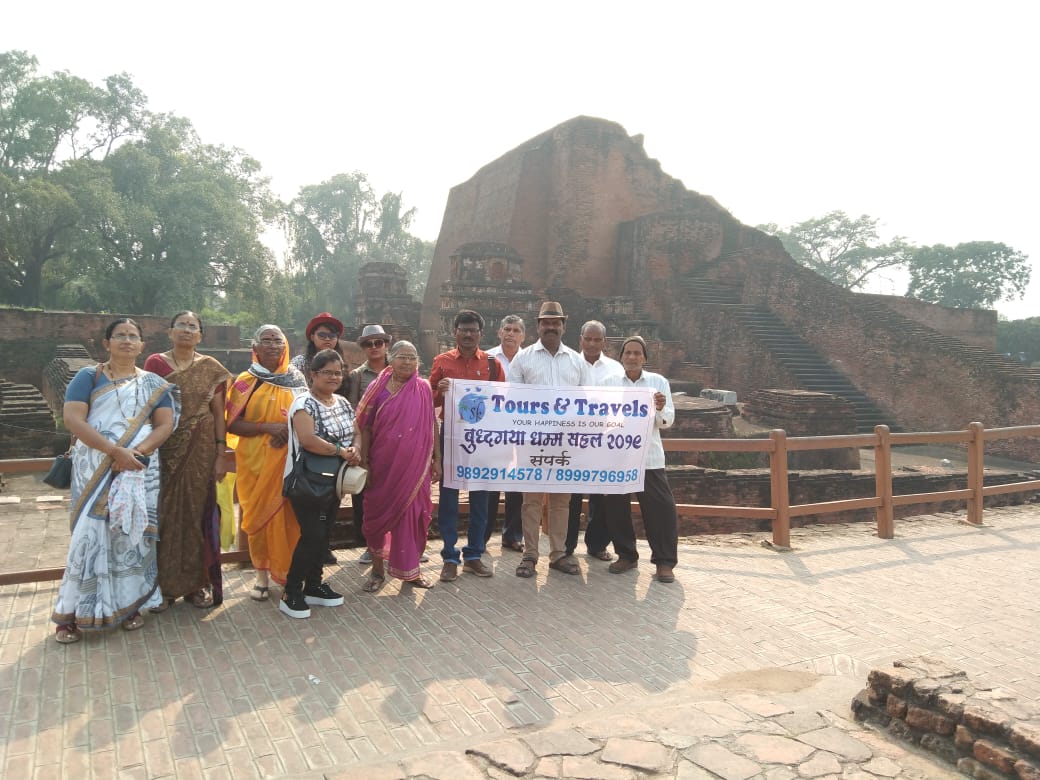
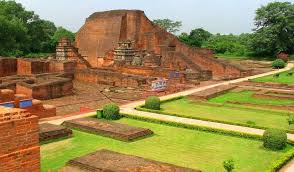


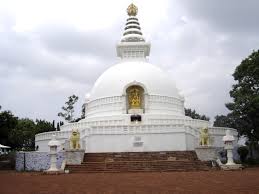



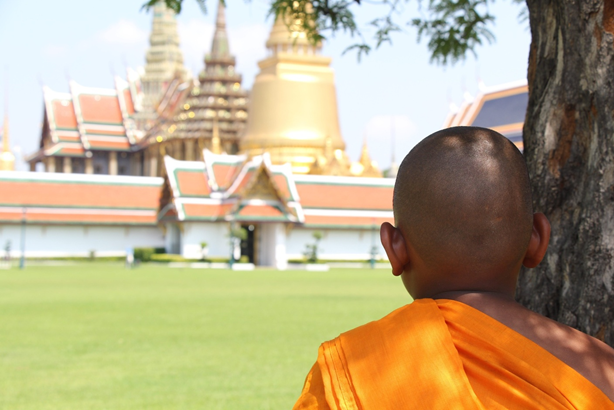

.jpg)
.jpg)



